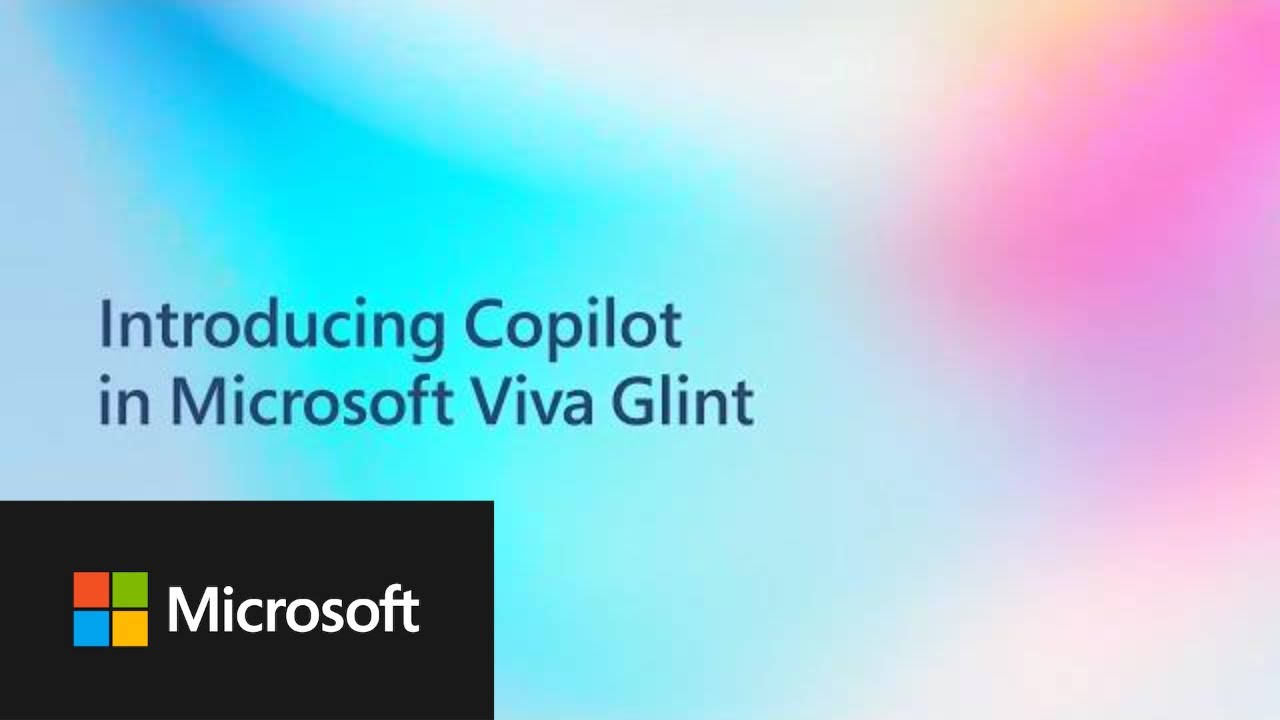Artificial Intelligence: What Impact will it have on tomorrow's Employees?
The Rise of AI in Employee Experience: Unlocking Productivity and Growth
The impact of AI on tomorrow's employees is a subject of much discussion. However, amidst the concerns, there are significant opportunities for improvement that AI can bring to the employee experience. This blog explores the three pillars of a great employee experience: physical space, culture, and technology. By understanding the role of AI in each pillar, we can gain insights into how it will shape the future of work, enhance productivity, and create a more engaging and fulfilling work environment for employees.
3 Pillars of Employee Experience
The three pillars of a great Employee Experience
Organizational culture refers to the shared values, beliefs, attitudes, and behaviors that shape the work environment. A strong and positive culture promotes employee engagement, satisfaction, and productivity. It establishes the norms and expectations within the organization, influences employee interactions, and sets the tone for decision-making and problem-solving. A healthy culture that encourages open communication, collaboration, recognition, and personal growth fosters a sense of purpose and belonging among employees. It also helps create a supportive and inclusive environment where individuals can thrive and contribute their best.
In today's digital age, technology plays a crucial role in shaping the employee experience. It encompasses the tools, systems, and platforms that enable employees to perform their tasks efficiently and effectively. Seamless and user-friendly technology can streamline workflows, automate repetitive tasks, and enhance productivity. It also facilitates communication, collaboration, and knowledge sharing across teams and departments, regardless of geographical boundaries. Access to modern technology and digital resources empowers employees, enhances their skills, and enables them to adapt to evolving work demands. Additionally, technology can support work-life balance by offering flexible work arrangements and remote collaboration options.
The physical space in which employees work has a significant impact on their well-being, productivity, and overall satisfaction. A well-designed and comfortable workspace can enhance collaboration, creativity, and concentration. It includes factors such as office layout, lighting, temperature, ergonomics, and amenities. A thoughtfully designed physical space can foster a sense of belonging, provide opportunities for social interaction, and support the overall health and well-being of employees. A comfortable and appealing work environment can also contribute to attracting and retaining top talent.
Building a Foundation for Excellence: The interwoven Pillars of Employee Experience
Culture
Culture: Understanding and Developing your own Culture
Building a great company culture requires the ability to self-reflect and continuously develop. It is crucial to base decisions on data that accurately captures the culture. There are two primary ways to collect data about company culture:
- Surveys: Gathering information through surveys provides insights into topics like happiness, engagement, efficiency, team dynamics, and more. Surveys offer valuable feedback on various aspects of the workplace.
- Data Traces on Digital Platforms: Analyzing data traces on digital platforms can reveal a surprising number of behavioral patterns, such as relationships between team leads and members, working behavior across departments, or even unhealthy working habits outside of regular office hours. These digital footprints offer valuable information about employee interactions and collaboration.
Technology
Technology: Solve more Tasks easier, faster, and better
The influence of AI on technology is the most obvious. AI is easily introduced to many technical tools that we are using already today, such as the Microsoft Office Suite. Microsoft’s announcement of Microsoft Copilot for Office aims exactly in this direction. With this many tasks will become easier, faster and the result will be of way better quality, making our work better and more fun.
Here are a few examples of how Copilot can make your life easier:
- Email Drafts: Copilot can assist in composing email replies by generating draft responses, saving time and effort in crafting messages.
- Meeting Protocols: It can automatically generate meeting protocols from Microsoft Teams transcripts, extracting important tasks and decisions discussed during the meeting, streamlining the process of documenting and tracking action items.
- Document Creation: Copilot can transform rough notes in OneNote into well-structured documents, helping to organize and refine ideas more efficiently.
- Presentation Assistance: It will be able to draft presentations from existing documents including incorporating or even generating new images. This will simplify the creation process dramatically.
- Excel Formulas and Data Analysis: Copilot can generate Excel formulas and assist in data analysis by interpreting human language questions, facilitating data manipulation and insights.
Physical Space
Physical Space: When hybrid Work becomes Fun
One of the major challenges faced by physical workspaces today is accommodating hybrid work scenarios. When asked in a recent Microsoft survey 73% of employees desired more flexible remote work options, in contrast, 67% of employees expressed the need for more in-person work or collaboration. This seeming contradiction creates uncertainty, as around 50% of employees are unsure about when to come to the office and meet people as everybody is unsure when it is worth coming or if most colleagues will stay at home. Hybrid work setups with meetings that can be participated in place and remotely do not seem to resolve this issue, as about 50% of employees report encountering issues with hybrid work setups.
In my point of view this is nothing to be worried about at all. Employees will have to learn how to cope with the new possibilities and this will be a challenge. But it is a challenge that will be tackled as it is obvious that in the end we will profit enormously from this promising development through AI.
And just to let you know: This text is based on a presentation that I had held a couple of weeks ago and I let ChatGPT draft whole sections for me. Way easier, faster and more fun!





